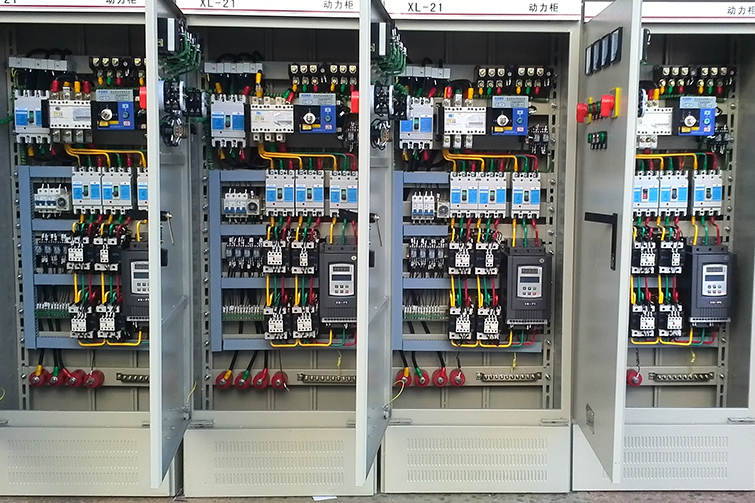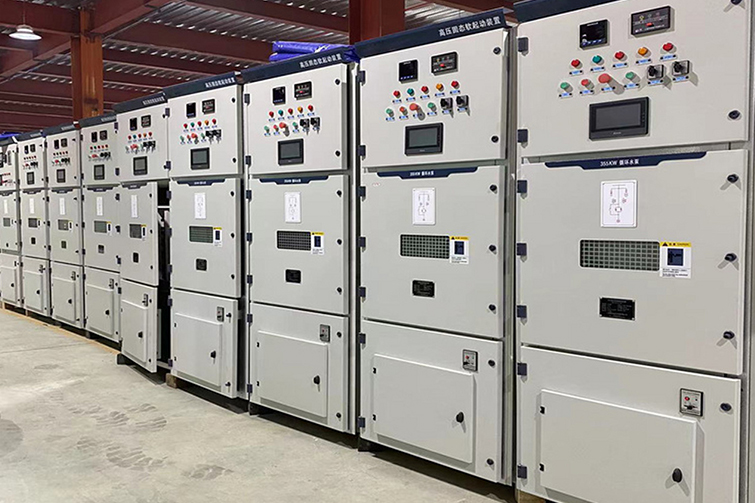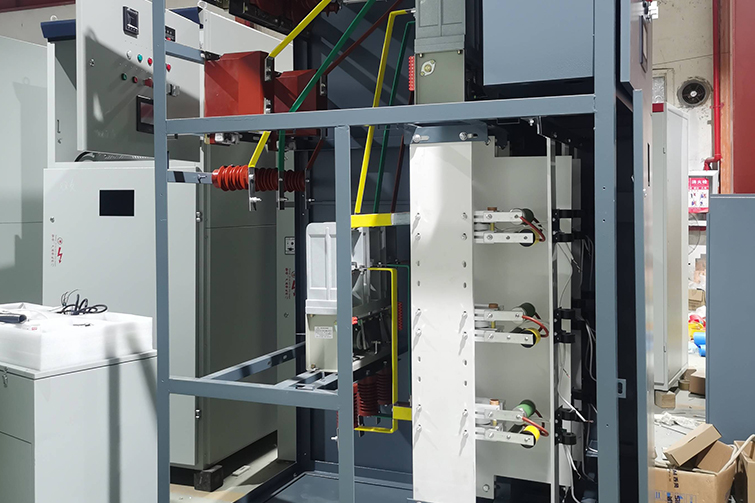

How to Choose a Motor Soft Starter Control Cabinet
Introduction
A motor soft starter control cabinet is an essential piece of equipment in industrial applications, designed to manage the startup and operation of motors. It ensures a smooth motor startup, reduces mechanical stress, and protects the motor from electrical faults. Selecting the right control cabinet is critical for achieving optimal performance and system reliability. This article outlines the key factors to consider when choosing a motor soft starter control cabinet.
1. Motor Specifications
The first step in selecting a soft starter control cabinet is to understand the specifications of the motor it will control. Key parameters to consider include:
- Motor Voltage: Determine the operating voltage (e.g., low voltage: <1kV, medium voltage: 1kV–15kV).
- Motor Power Rating: Ensure the soft starter can handle the motor’s rated power in kilowatts (kW) or horsepower (HP).
- Starting Current: Check the motor’s starting current requirements to ensure compatibility with the soft starter.
2. Application Requirements
Different applications have unique requirements. Some motors require frequent starts and stops, while others operate continuously. Identify your application’s specific needs, such as:
- Startup Profile: Choose a soft starter that supports customizable startup and shutdown profiles, including ramp-up and ramp-down settings.
- Load Type: For heavy loads like pumps, fans, and compressors, select a soft starter with torque control and overload protection features.
- Frequency of Starts: If the motor is started frequently, ensure the cabinet can handle high-duty cycles without overheating.
3. Protection Features
The control cabinet should include robust protection features to safeguard the motor and the system. Common protection features to look for are:
- Overload Protection: Prevents the motor from overheating.
- Short Circuit Protection: Protects against electrical faults.
- Phase Imbalance and Loss Protection: Ensures balanced power delivery to the motor.
- Undervoltage and Overvoltage Protection: Maintains voltage stability during operation.
4. Environmental Considerations
Environmental factors play a significant role in the selection process. Key considerations include:
- Ambient Temperature: Ensure the cabinet is rated for the operating temperature range of your environment.
- Dust and Moisture Resistance: For harsh environments, choose cabinets with IP ratings (e.g., IP54, IP65) to protect against dust and water ingress.
- Ventilation and Cooling: Verify that the cabinet includes adequate ventilation or cooling systems to manage heat dissipation.
5. Size and Installation
The control cabinet must fit within the available space and integrate seamlessly with existing systems. Consider the following:
- Cabinet Dimensions: Ensure the cabinet size is appropriate for the installation site.
- Mounting Options: Check if the cabinet supports wall-mounted, floor-mounted, or other installation methods.
- Ease of Maintenance: Look for a design that allows easy access to components for maintenance and troubleshooting.
6. Control and Communication Features
Modern soft starter control cabinets often include advanced features for improved monitoring and control:
- HMI Panels: Human-machine interface panels for easy configuration and real-time monitoring.
- Remote Control: Support for remote operation and diagnostics via wired or wireless connections.
- Communication Protocols: Compatibility with industrial protocols like Modbus, Profibus, or Ethernet/IP for seamless integration with automation systems.
7. Compliance and Standards
Ensure that the control cabinet complies with relevant safety and quality standards, such as:
- IEC Standards: International standards for electrical equipment (e.g., IEC 60947).
- UL Certification: Certification for equipment used in North America.
- CE Marking: Compliance with European Union regulations.
8. Budget and Cost-Effectiveness
While cost is an important consideration, avoid compromising on quality. Choose a control cabinet that offers a balance between affordability and long-term performance. Consider the total cost of ownership, including installation, operation, and maintenance.
Conclusion
Selecting the right motor soft starter control cabinet involves a careful evaluation of motor specifications, application requirements, environmental factors, and advanced features. By prioritizing quality, reliability, and compatibility, you can ensure optimal motor performance and extended system life. Investing time in the selection process will pay off in improved operational efficiency and reduced downtime.







